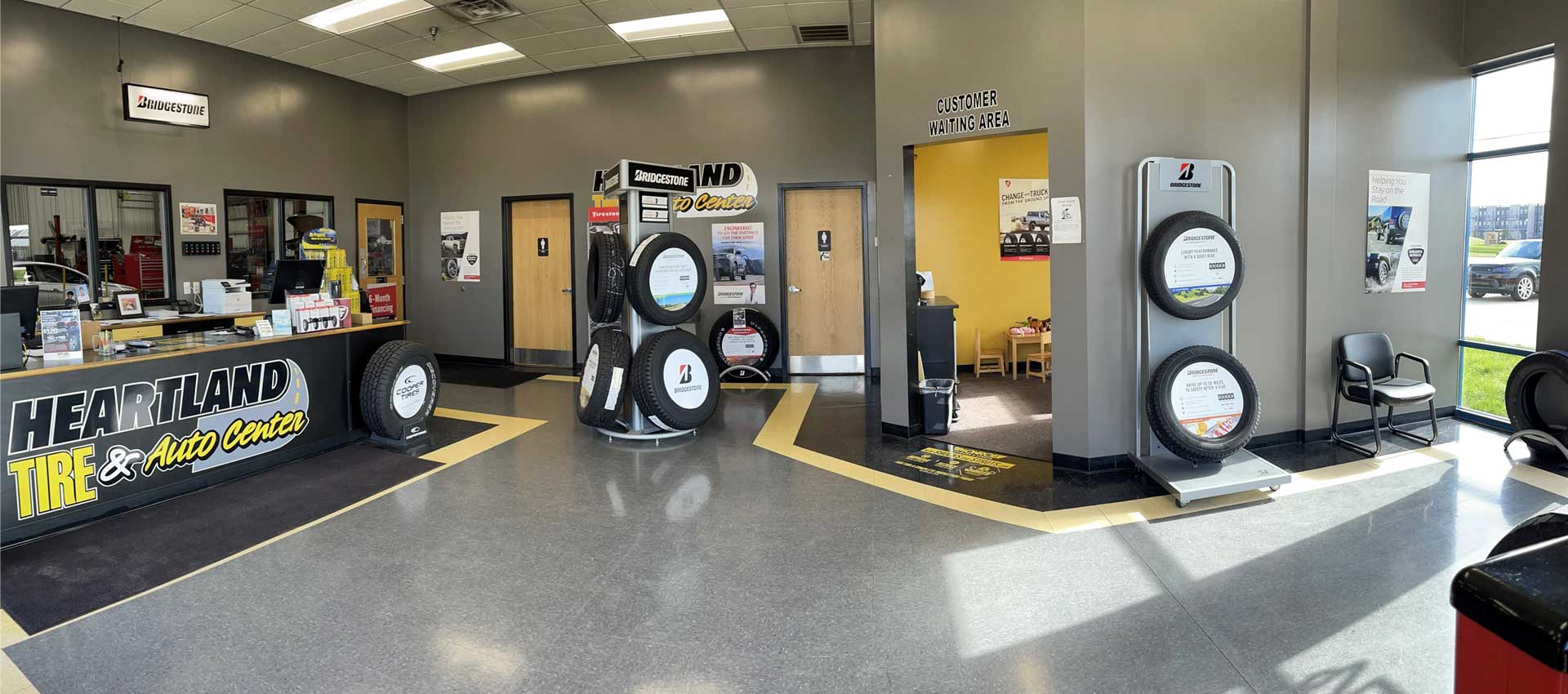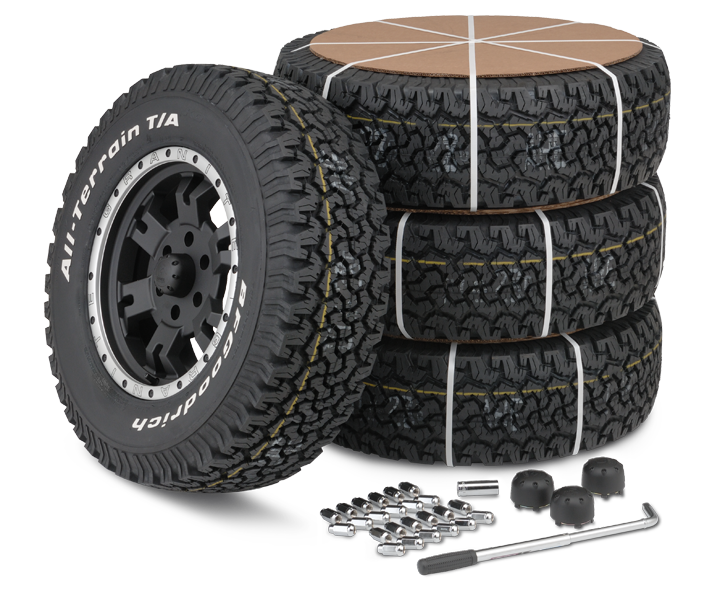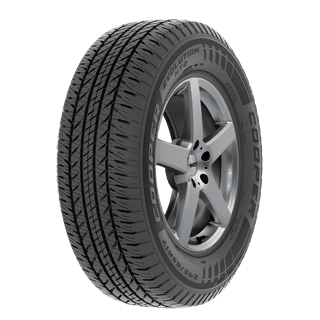Explore Exclusive Mopar Tire Service Specials in Morris Today
Explore Exclusive Mopar Tire Service Specials in Morris Today
Blog Article
Tire Solution: Comprehending Tire Pressure Surveillance Systems
Recognizing Tire Pressure Surveillance Systems (TPMS) is an essential facet of keeping optimum car efficiency and safety when traveling. With innovations in vehicle modern technology, TPMS has ended up being a standard function in modern vehicles, providing real-time details on tire pressure levels. Diving much deeper into the details of TPMS, one can uncover the different components that comprise this system and the value of each in ensuring exact tracking. From direct to indirect TPMS systems, the landscape of tire stress surveillance is varied, each with its unique collection of considerations and benefits. Remain tuned to untangle the complexities of TPMS, from maintenance ideas to the indisputable benefits of maintaining your tires appropriately blew up. tires morris il.

Importance of TPMS
The importance of Tire Pressure Surveillance Solutions (TPMS) depends on their capability to improve car safety and efficiency with real-time monitoring of tire pressure degrees. Preserving the appropriate tire pressure is critical for making certain optimal handling, stopping, and total safety and security of a lorry. TPMS supplies drivers with prompt responses on any type of underinflated or overinflated tires, permitting timely adjustments to be made.
Elements of TPMS
Making up various essential elements, a Tire Stress Surveillance System (TPMS) functions as an advanced safety and security feature in contemporary vehicles. The primary elements of a TPMS consist of sensing units, a control component, and a warning indication. Sensing units are generally located in the tire valve stem or affixed to the wheel assembly, where they measure tire stress and send data to the control component. If it discovers considerably low pressure in any of the tires, the control module processes this information and triggers a warning. The caution indicator, frequently a symbol on the control panel, notifies the driver to check the affected tire or tires. Some advanced TPMS versions likewise show the actual tire pressure analyses for every tire, offering vehicle drivers with real-time details to make sure ideal tire performance and safety. By checking tire stress constantly, TPMS assists avoid accidents, lowers tire wear, and improves fuel performance, making it a crucial part for automobile security and performance.
Kinds of TPMS

On the various other hand, indirect TPMS relies upon the automobile's wheel rate sensing units to monitor tire pressure. This mopar tire service specials system detects underinflation by comparing the rotational speeds of the wheels. Indirect TPMS is less expensive than direct you could check here TPMS, as it makes use of existing sensors within the car.
While direct TPMS provides a lot more exact analyses, indirect TPMS is easier in design and normally calls for much less maintenance. Both systems have their advantages and restrictions, and the option between them typically depends on aspects such as expense, car make, and personal preference. Understanding the distinctions between these two kinds of TPMS can assist car owners make educated choices pertaining to tire upkeep and security.
TPMS Maintenance Tips
Conduct routine checks on the tire pressure levels and compare them with the TPMS analyses to ensure they are constant. During tire rotation or replacement, make certain that the TPMS parts are handled meticulously to prevent any kind of possible damage. If the TPMS warning light illuminates on the control panel, address the issue promptly by checking the tire pressures and the total system for any mistakes.
Advantages of Correct Tire Stress
Maintaining appropriate tire stress, as emphasized in TPMS Upkeep Tips, is critical for reaping the many advantages associated with ideal tire pressure degrees. In addition, proper tire stress ensures additional hints also tire wear, expanding the life expectancy of the tires and advertising safer driving conditions. In final thought, the advantages of correct tire stress go past simply tire longevity; they include boosted gas efficiency, improved safety and security, better car performance, and general driving convenience.
Conclusion
In final thought, recognizing tire stress surveillance systems (TPMS) is important for preserving ideal tire stress and ensuring vehicle security. By acknowledging the relevance of TPMS, knowing with its elements, understanding the different types offered, sticking to appropriate maintenance ideas, and recognizing the advantages of preserving appropriate tire pressure, motorists can boost their driving experience and lengthen the life-span of their tires. Correct tire stress is crucial to effective and safe automobile operation.

Report this page